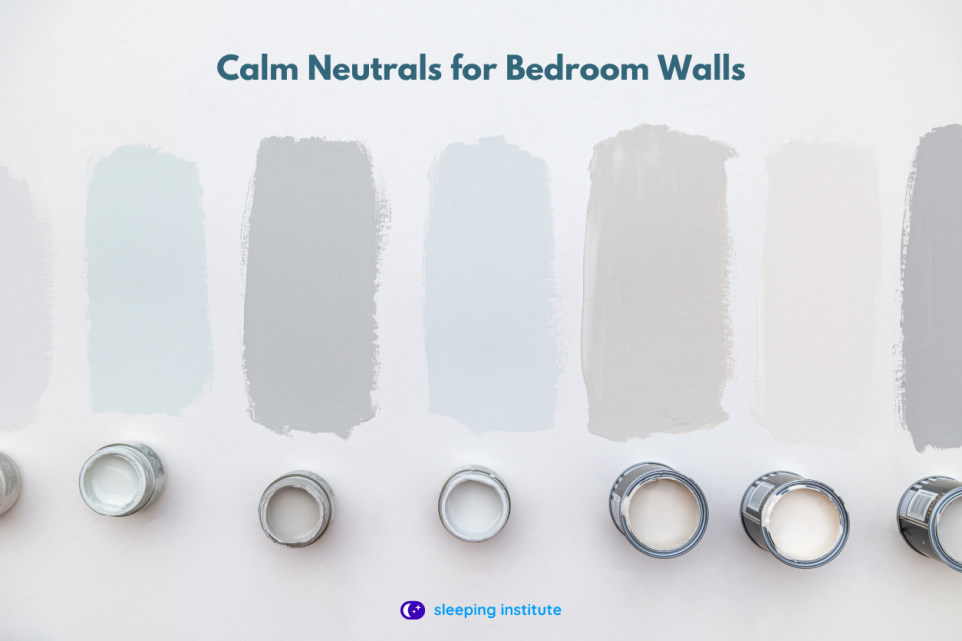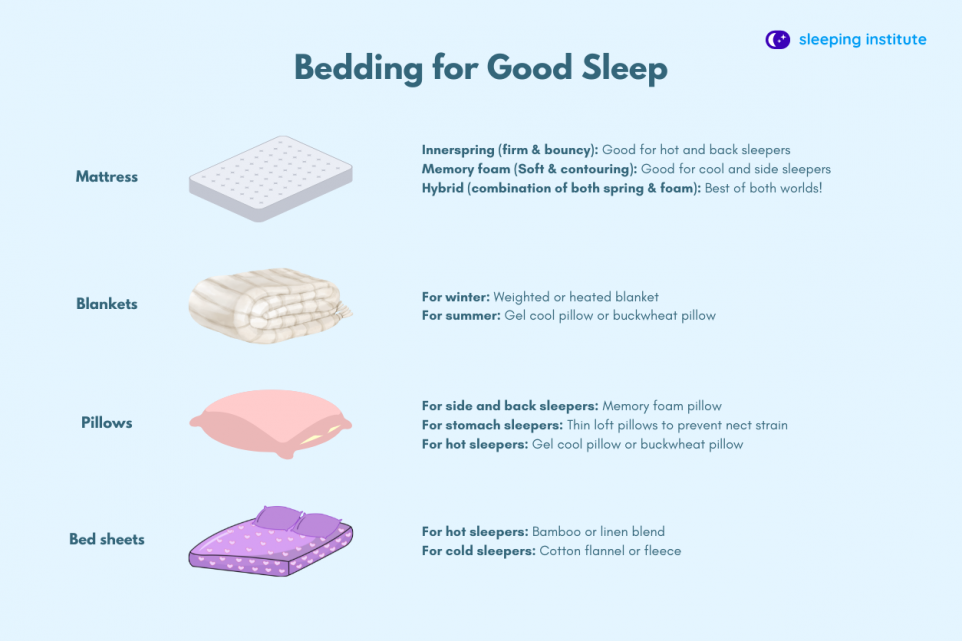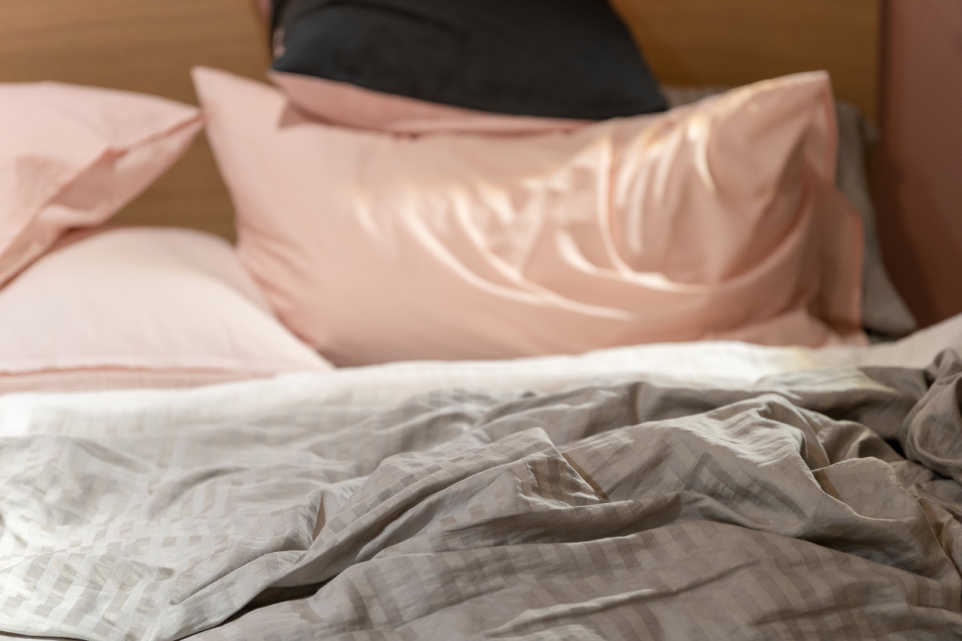These Bedroom Mistakes Could Be Keeping You up at Night

Struggling to get a good night’s sleep? You’re not alone. Many of us find ourselves staring at the ceiling long into the night, wondering why sleep escapes us. Often, the answer lies in our surroundings and nightly habits. Your bedroom setup and the routines you follow can heavily influence how well you sleep.
Think about it: your bedroom is where you spend about a third of your life. It makes sense that its layout and your evening activities should support restful sleep. Whether it’s tweaking the room’s lighting, adjusting the temperature, or establishing a pre-sleep routine that calms you down, small changes can significantly impact your sleep quality.
In this article, we’ll discuss some tips for setting up your sleep environment and fine-tuning your bedtime habits. By the end, you’ll know how to turn your bedroom into a place that supports deep, restorative sleep. Let’s get into how you can sleep better, starting tonight.
What Is Sleep Hygiene
Sleep hygiene isn’t just a buzzword; it’s an essential practice that could dramatically change how well you sleep at night. Ever noticed how one poor night’s sleep can throw off your entire day? It turns out, the quality of your sleep is deeply intertwined with your daily routines and even your mental health.
So, let’s talk about setting the stage for better sleep. I’m no stranger to the struggles of tossing and turning all night, trying to catch a wink. But, through my own experiences and learning, I’ve realized that treating sleep hygiene as a priority can work wonders.
Sleep hygiene is essentially about creating an environment and a routine that signals to your brain: “Hey, it’s time to shut down and rest.” It’s like training for relaxation, making sure your body and mind know that when you climb into bed, it’s not the place for overthinking or binge-watching your favorite series.
Here’s a pro tip from my own life: consistency is key. Sticking to a regular sleep schedule helps regulate your body’s clock, which can help you fall asleep and wake up more naturally. Think about it—the routine doesn’t just help toddlers settle down; it works for us adults, too. Our brains can be conditioned to recognize cues for sleep. Dimming the lights and turning down the thermostat can signal that the day is ending.
Bedroom Mistakes and How To Fix Them
But what about before bedtime? Engaging in calming activities is a crucial wind-down phase that helps calm the mind and prepare the body for sleep. And don’t forget, the setup of your bedroom matters too. Here are some common bedroom mistakes people make that contribute to poor sleep quality.
Mistake 1: Wrong Color Scheme

Color has a profound effect on our psyche and energy levels. Vibrant, high-energy colors like reds and bright oranges, though cheerful and uplifting in daytime settings, might be too stimulating for the bedroom. These hues can keep your mind active when you’re trying to power down.
How to Fix It: Opt for a palette that’s soothing and reflects the softer tones of nature. Think serene blues, soft greys, gentle greens, and earthy tones. These colors not only soothe the mind but also help in calming the nerves, making it easier to fall asleep.
Mistake 2: Improper Bedding

Often, the allure of aesthetically pleasing bedding can take precedence over comfort. Scratchy materials or ones that don’t breathe well can disrupt your sleep by causing physical discomfort or temperature imbalances.
How to Fix It: Choose bedding materials that are comfortable and suitable for your climate. Natural fibers like cotton or bamboo are breathable and help maintain a comfortable body temperature throughout the night. Additionally, ensure your bedding is inviting and makes you feel relaxed. Layering different textures can add to the comfort without sacrificing style.
Mistake 3: Inadequate Window Treatments

Light control in the bedroom is often overlooked. Too much light exposure, especially from street lamps or natural light if you’re an early-to-bed type, can disrupt your sleep cycle by inhibiting melatonin production.
How to Fix It: Invest in good quality blackout curtains or heavy drapes that can effectively block out light. For an added layer of darkness, consider using shades under sheer curtains, which can provide both functionality and aesthetic appeal. Ensuring complete darkness can significantly improve your sleep quality.
Mistake 4: Cluttered Space

A cluttered bedroom can lead to a cluttered mind. Excessive items around your sleep area can cause subconscious stress and may keep your mind engaged when it should be resting.
How to Fix It: Adopt a minimalist approach. Utilize under-bed storage to keep off-season items out of sight. Invest in furniture that doubles as storage to minimize clutter. A clear space promotes a clear mind, which is conducive to better sleep.
Mistake 5: Overstimulation from Electronics

The presence of TVs, laptops, and smartphones in the bedroom can be a significant barrier to good sleep hygiene. The blue light emitted by screens interferes with melatonin production and keeps your brain on high alert.
How to Fix It: Enforce a no-electronics policy in your bedroom an hour before bedtime. If you use your phone as an alarm, switch it to do not disturb mode, and avoid checking emails or social media right before bed. Alternatively, utilize settings that minimize blue light exposure during evening hours to help your body prepare for sleep.
Why Trust Us?
At The Sleeping Institute, we're dedicated to transparency, impartiality, and accuracy in every article we publish. Our reviews are based on comprehensive analysis and firsthand experience. Staying current with the latest advancements in sleep technology, we offer up-to-date, reliable, and unbiased information to help you make informed decisions for a better night's rest. Let us be your trusted guide in the ever-evolving world of sleep technology!